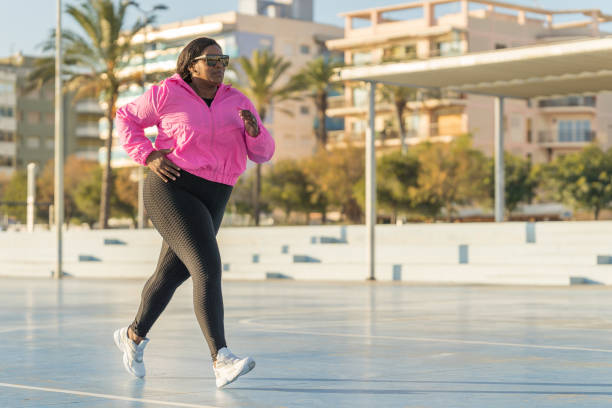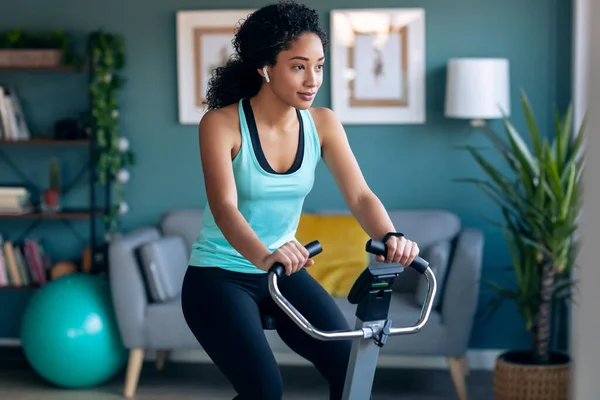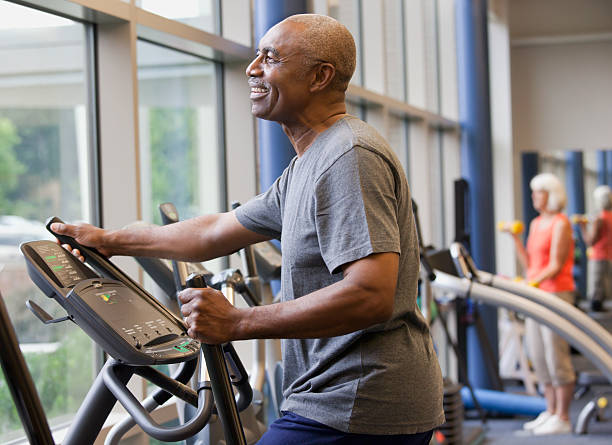The period of pregnancy can be challenging for every women. There are many uncomfortable symptoms like lack of sleep, weight gain, back ache, decreased mood and swollen ankles. The effective way to reduce these symptoms during pregnancy is to exercise. Let’s find out the best exercises for pregnant women.
There are lots of reasons you should exercise regularly when you’re pregnant. Exercise helps to boost muscle tone and stimulates stress tolerance and strength, which in turn aids pregnancy.
In addition to that, regular exercise during pregnancy:
- Improves mood and energy levels.
- Boosts sleep quality.
- Shortens the child labor process.
- Speeds up childbirth recovery.
- Prevents gestational diabetes and hypertension.
- Reduces the risk of preterm labor and birth.
How much Exercise Should I Get During Pregnancy?
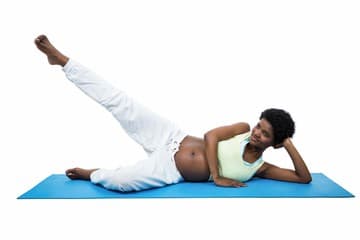
According to The American College of Obstetricians and Gynecologists (ACOG) and some other related bodies, pregnant women are to exercise for a minimum of 150 minutes or more per week to aid the childbearing process. [1]
Going by the above calculation, expectant moms are to engage in moderate exercise for at least 25 minutes daily. If you have busy schedule, you learn about some fitness tips for busy moms.
Who Should not Exercise During Pregnancy?
Yes, exercise is ideal for expectant moms, but people with certain medical or pregnancy-related conditions are advised to speak to a health care provider first before engaging in it. This includes conditions like:
Asthma, heart disease, hypertension, diabetes, vaginal bleeding or spotting, weak cervix, preterm delivery, low placenta, and recurrent miscarriage.
Best Exercises for Pregnant Women
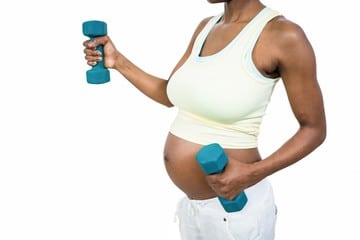
The best exercises for pregnant women are physical activities that safe to do, benefit the whole body, and can be continued until delivery.
1. Brisk Walking
Brisk walking is among the most common exercises for pregnant and expectant women.
More importantly, there are a lot of benefits attached to this exercise. Part of it is that taking a regular walk is safe for everyone, has a lesser risk of injury, and can easily fit into your busy schedule. They also require no special equipment or a gym membership to get started.
Again, multiple studies reveal that walking promotes easier/shorter labor, prevents excess weight gain, reduces the risk of gestational diabetes, relieves some discomfort associated with pregnancy, improves energy levels, boosts cardiovascular fitness. [2]
According to experts, pregnant women are expected to engage in regular exercise for at least 150 minutes per week. You can achieve this simply by getting a quick stroll around the neighborhood for just 30 minutes a day, five days a week.
Tips: While walking, be sure to opt for smooth surfaces, shun obstacles like potholes and rocks. Also, wear supportive footwear for balance.
2. Swimming
Swimming is yet another perfect and safe exercise for pregnant women. It targets all the muscles in the body, including that of the legs, arms, heart, and lungs – without the risk of falling or losing balance.
That aside, what makes swimming an ideal exercise for pregnant women? Here are the benefits of swimming during pregnancy:
- Strengthens the heart and make it pump blood more efficiently.
- Alleviates swelling in the arms and legs.
- Promotes more flexible joints and greater curvature of the spine.
- Has a lesser risk of sprains and other related injuries.
- Eases back pain and swelling in the legs in late pregnancy.
- Prevents overheating and cools the body off.
- Relieves nausea and morning sickness, two common pregnancy conditions.
- Improves sleep quality.
- Increases strength and tones muscle. [3]
Swimming tips for pregnant women:
- The best time to swim is in the morning. This is because it can help alleviate nausea and improve your overall strength throughout the day.
- Never be tempted to jump or dive into the pool as you or your baby could get injured. Walk carefully instead.
- Avoid swimming during bad or cold weather.
- Do not swim in unknown waters as you might be exposing you and your baby to certain infections.
3. Yoga
As a mom-to-be, Prenatal yoga is a very effective exercise to consider during pregnancy. This is mainly because of the benefits it comes with.
This workout type helps in strengthening the core muscle groups [such as the pelvic floor, hip, and abdominal muscles], boosts blood circulation, enhances relaxation, spurs flexibility, improves your posture, and eases child labor – all of which may contribute to a healthy pregnancy. [4]
It is equally important to let you know that there are certain positions you should avoid as your pregnancy progresses.
These are positions that could make you feel overbalanced or the ones that require lying on your abdomen or flat on the back. When you lye too much on your back, it can increase the weight of your fetus/uterus and even reduce blood flow to your heart. Therefore, be sure to desist such poses.
4. Triceps Dip
Triceps dip works the arms and also helps in toning both the triceps and chest for a healthy pregnancy. Follow these simple steps to perform it:
- Put your palm flat on a steady, sturdy surface, and point your fingertips directly toward you.
- After that, bend both knees and put your feet flat on the ground.
- Try shifting your weight back into the arms.
- Keep your pelvic floor engaged.
- Gently lower your hips by bending at the elbows.
- Lastly, keep the weight still in your arms, and then press back up to the starting position.
- Repeat this two to three times, as preferred. [5]
5. Quad Arm and Leg Extensions
This exercise is ideal for activating the deep core abdominals and ensuring that the muscles are stabilized.
How to do it:
- Start on all fours, place your wrists under your shoulders and the knees directly under your hips.
- Slowly draw your belly button back just toward your spine.
- Try everything possible to keep your hips and shoulders steady and parallel to the floor.
- Now, gently slide your right leg out just behind you as you keep everything else still.
- Lastly, slide your right leg back in and repeat with the opposite [left] leg, then right arm, and the left arm.
6. Plié
Plié is very effective for strengthening the quadriceps, hamstrings, and butt. It also improves overall balance.
How to do it:
- Get a sturdy chair, stand parallel to the back of the chair with your hand very close to the chair as you rest on it. Keep your feet parallel and hip-distance apart.
- Turn your toes and knees out to a 45-degree angle, and pull the belly button up and in.
- After that, slightly bend the knees, and begin to lower your torso as low as you possibly can while your back still remains straight.
- Lastly, straighten your legs to go back to the initial position.
- Repeat for reps.
7. Stepping lunges
This exercise helps in strengthening the major muscles around the lower body, which bears the additional weight as your belly enlarges.
How to do it:
- Stand with your feet about hip-width apart.
- Take a huge step forward with your left foot. To avoid falling off, be sure not to put your left foot directly in front of the right foot.
- Bend your knees to lower your body, ensuring that your front knee is not placed past your front toes. It is imperative you keep the torso perpendicular to the ground, and lower your hips as well as shoulders straight down.
- Now, gently lower yourself until your front thigh becomes parallel to the ground.
- Breathe out as you go back to the starting position. Be sure that virtually all the weight is on your front heel while pressing directly into the ground with the front foot to go back to the starting position.
- Repeat this with the right foot forward.
- Try performing about 15 lunges on both sides.
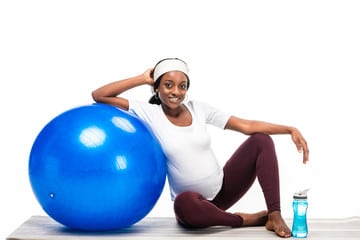
Bottom Line
Exercises during pregnancy has so many health benefits and can help you avoid uncomfortable pregnancy symptoms. These best exercises for pregnant women can help you alleviate the risk of gaining excess weight, developing back pain, and it may make delivery easier.
It is imperative to inform any changes in exercise habits with a medical professional, to make sure you do the right kind of exercise at each suitable stage of the pregnancy.
Collins Nwokolo is a human physiologist, writer and health enthusiast. He loves writing helpful articles on health and fitness, which he enjoys sharing with everyone.


